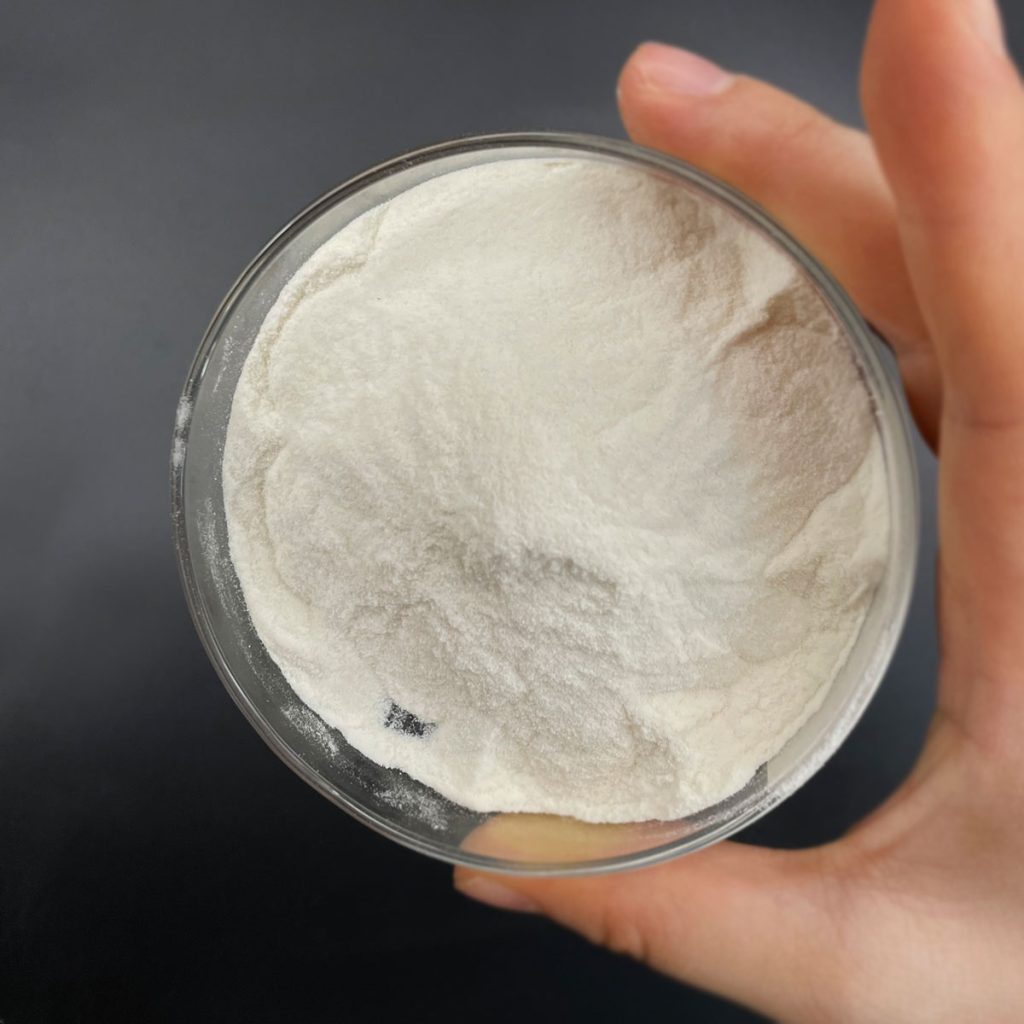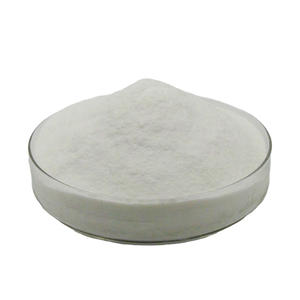Professional and high-quality metal alloys, ceramic products and concrete additives | RBOSCHCO
PRODUCT PARAMETERS
Description
Overview of Tin Oxide SnO2 Powder
Tin oxide (SnO2) powder is an inorganic compound composed of tin and oxygen elements. Its chemical formula is SnO2, indicating that each tin atom combines with two oxygen atoms to form a stable oxide structure. SnO2 powder is a white or slightly yellowish amorphous powder with high chemical stability. At room temperature, it is not easily soluble in water, acid, and alkali, demonstrating good corrosion resistance.
SnO2 powder is widely used in various fields due to its unique physical and chemical features. In the electronics industry, it is used as a raw material for transparent conductive films, used in the manufacturing of electronic devices such as touch screens and displays. In addition, SnO2 also has high catalytic activity and is often used as a catalyst or catalyst carrier to promote the progress of chemical reactions. Meanwhile, due to its excellent gas sensing performance, SnO2 powder is also used as a gas sensor to detect harmful gases in the environment.
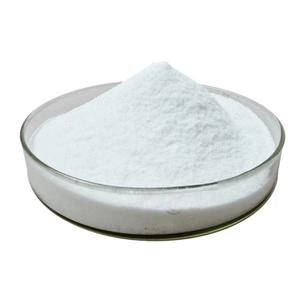
(Tin Oxide SnO2 powder CAS 18282-10-5)
Features of Tellurium Oxide TeO2 powder
High chemical security: SnO2 powder is not quickly reacted with most chemical materials at area temperature level, demonstrating great chemical security.
High refractive index: SnO2 powder has a high refractive index, making it widely utilized in the field of optics.
Excellent conductivity: Under details problems, SnO2 powder can show good conductivity, making it a vital material in electronic gadgets.
High catalytic activity: SnO2 powder has high catalytic task and can promote the progress of different chain reactions.
Gas sensitivity properties: SnO2 powder has good level of sensitivity to specific gases, making it widely made use of in gas sensing units.
Openness: SnO2 powder has good openness, making it an optimal material for transparent conductive films.
Parameter table of Tin Oxide SnO2 Powder
| Tin Oxide SnO2 Powder Properties | |
| Other Names | Tin Oxide Powder, Tin Oxide, Tin Oxide SnO2 Powder |
| CAS No. | 18282-10-5 |
| Compound Formula | SnO2 |
| Molecular Weight | 150.71 g/mol |
| Appearance | White or off-white crystalline solid or powder |
| Melting Point | 1630°C |
| Solubility in water | Insoluble |
| Density | 6.95 g/cm3 |
| Purity | 99% |
| Particle Size | 50nm |
| Boling point | N/A |
| Specific Heat | N/A |
| Thermal Conductivity | 9.8 W/m·°C (21 °C) |
| Thermal Expansion | N/A |
| Young’s Modulus | N/A |
| Exact Mass | 151.892031 g/mol |
| Monoisotopic Mass | 151.892031 g/mol |
| Tin Oxide SnO2 Powder Health & Safety Information | |
| Safety Warning | N/A |
| Hazard Statements | N/A |
| Flashing point | N/A |
| Hazard Codes | N/A |
| Risk Codes | N/A |
| Safety Statements | N/A |
| RTECS Number | N/A |
| Transport Information | N/A |
| WGK Germany | N/A |
Application of Tellurium Oxide TeO2 powder
Electronics industry: SnO2 powder is used as a raw material for transparent conductive films and is widely used in electronic fields such as touch screens and displays.
Catalytic field: Due to the high catalytic activity of SnO2 powder, it is used as a catalyst or catalyst carrier for various chemical reactions.
Gas sensor: The sensitivity of SnO2 powder to specific gases makes it a key material for gas sensors, used to detect harmful gases in the environment.
Solar cells: SnO2 powder is used as an electron transport layer in solar cells to improve their conversion efficiency.
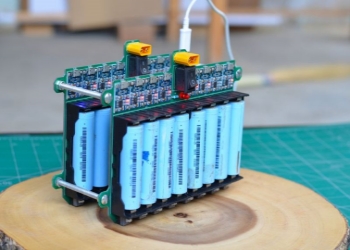
Application of Tellurium Oxide TeO2 powder
Ceramic industry: SnO2 powder is used as an additive in the ceramic industry to improve the performance and stability of ceramic products.

Application of Tellurium Oxide TeO2 powder
Coatings and paints: SnO2 powder is used as an additive in coatings and paints due to its high refractive index and transparency, improving the glossiness and durability of products.

Application of Tellurium Oxide TeO2 powder
Production Method of Tin Oxide SnO2 Powder
1. Chemical Precipitation
Mix tin chloride (SnCl₄) solution with sodium hydroxide (NaOH). This forms tin hydroxide (Sn(OH)₄) precipitate. Filter and wash the precipitate, then heat it at 400–600°C. The reaction is:
SnCl₄ + 4NaOH → Sn(OH)₄↓ + 4NaCl
Sn(OH)₄ → SnO₂ + 2H₂O
This method is simple and cost – effective for producing SnO₂ powder.
2. Sol – Gel Process
Dissolve tin alkoxide (like Sn(OEt)₄) in alcohol. Add water to start hydrolysis. Stir to form a sol, then let it become a gel. Dry the gel and heat it at 500–800°C. This gives nanoscale SnO₂ powder with uniform particles.
3. Vapor Deposition
Heat tin metal in a high – temperature chamber with oxygen gas. Tin reacts with oxygen to form SnO₂ vapor, which cools and turns into powder. This method is used for making high – purity SnO₂.
4. Hydrothermal Synthesis
Mix tin salts (such as SnCl₄) with water in a sealed container. Heat it under pressure (150–250°C). This directly forms crystalline SnO₂ powder. The process controls particle size and shape well.
Each method has its own uses. Precipitation and sol – gel are good for bulk production. Vapor deposition and hydrothermal methods make high – quality powders for electronics or sensors.

Company Profile
RBOSCHCO is a trusted global chemical material supplier & manufacturer with over 12-year-experience in providing super high-quality chemicals and nanomaterials, including boride powder, nitride powder, graphite powder, sulfide powder, 3D printing powder, etc.
The company has a professional technical department and Quality Supervision Department, a well-equipped laboratory, and equipped with advanced testing equipment and after-sales customer service center.
If you are looking for high-quality Tellurium Oxide TeO2 powder , please feel free to contact us or click on the needed products to send an inquiry.
Storage Condition of Tin Oxide SnO2 Powder
Store in sealed containers to block air exposure. Keep in a dry area with humidity below 40% and temperatures between 15–25°C. Add drying agents if needed. Avoid mixing with acids, bases, or reducing materials. Store in a stable place away from vibrations to prevent clumping. Please keep away from direct sunlight and heat sources. Maintain clean storage surroundings to avoid contamination.
Payment Term
L/C, T/T, Western Union, Paypal, Credit Card etc.

Shipment Term
By sea, by air, by express, as customers request.
5 FAQs of Tin Oxide SnO2 Powder
Q1
What are the key factors that affect the transparency of Tin Oxide (SnO2) powder?
Answer: The transparency of Tin Oxide (SnO2) powder is primarily influenced by its pureness, particle dimension, and crystallinity. Contaminations, larger fragment dimensions, and amorphous structures can all decrease the openness of the powder. To maintain high transparency, SnO2 powder ought to be prepared under regulated problems to guarantee high pureness and uniform bit size.
Q2
How does Tin Oxide (SnO2) powder’s electrical conductivity change with temperature?
Answer: The electrical conductivity of Tin Oxide (SnO2) powder typically increases with temperature. This is because thermal excitation increases the number of charge carriers, leading to improved conductivity. However, at very high temperatures, the material may undergo structural changes that affect conductivity.
Q3
In what types of gas sensors is Tin Oxide (SnO2) powder commonly used, and why?
Answer: Tin Oxide (SnO2) powder is commonly utilized in resistive-type gas sensing units due to its sensitivity to decreasing gases like hydrogen and carbon monoxide gas. When exposed to these gases, SnO2’s conductivity changes, enabling the detection and metrology of the gas focus. Its security and level of sensitivity make it an ideal product for gas sensing applications.
Q4
What role does Tin Oxide (SnO2) powder play in solar cells, and how does it enhance their performance?
Answer: In solar batteries, Tin Oxide (SnO2) powder is typically made use of as an electron transport layer. It acts as an obstacle between the photoactive layer and the electrode, assisting in the effective separation and collection of charge providers. The high electron mobility and transparency of SnO2 allow much better fee extraction and lower recombination losses, thus improving the solar battery’s conversion performance.
Q5
How does the preparation method affect the physical properties of Tin Oxide (SnO2) powder?
Answer: The prep work technique significantly influences the physical homes of Tin Oxide (SnO2) powder. Methods like sol-gel, chemical vapor deposition, and physical vapor deposition can generate powders with various particle dimensions, shapes, and crystallinity. These variations impact the powder’s optical, electric, and catalytic residential properties, making it important to select the ideal preparation method for the wanted application.
REQUEST A QUOTE
RELATED PRODUCTS
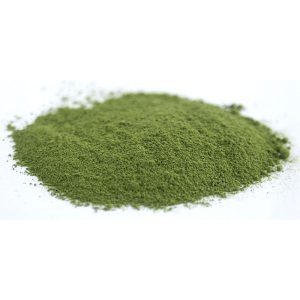
High Quality CAS 1313-99-1 NICKEL MONOXIDE/NICKELOUS OXIDE/ Nickel(II) Oxide
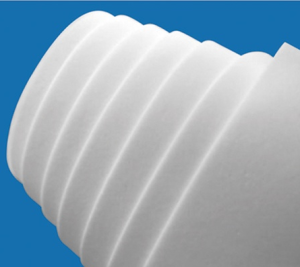
Nano Aerogel Insulation Sponge Industrial Design 10mm Thick Silica Insulation
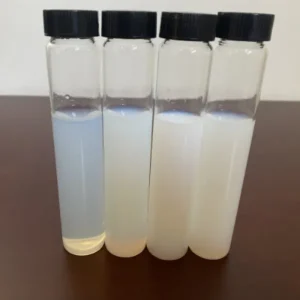
Solid Silica Dispersant TR-WSiOT10 Alkaline High Quality Silica Nanoparticle Dispersion
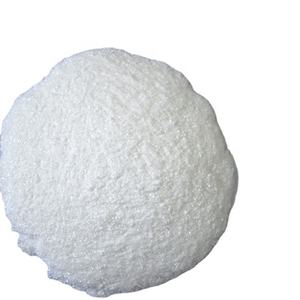
Factory Direct Supply Zinc Oxide Animal Feed Additives Zinc Oxide Powder
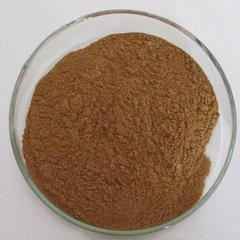
Factory Price Iron Oxide Powder Fe2O3 Nanoparticles Fe2O3 Nanopowder


